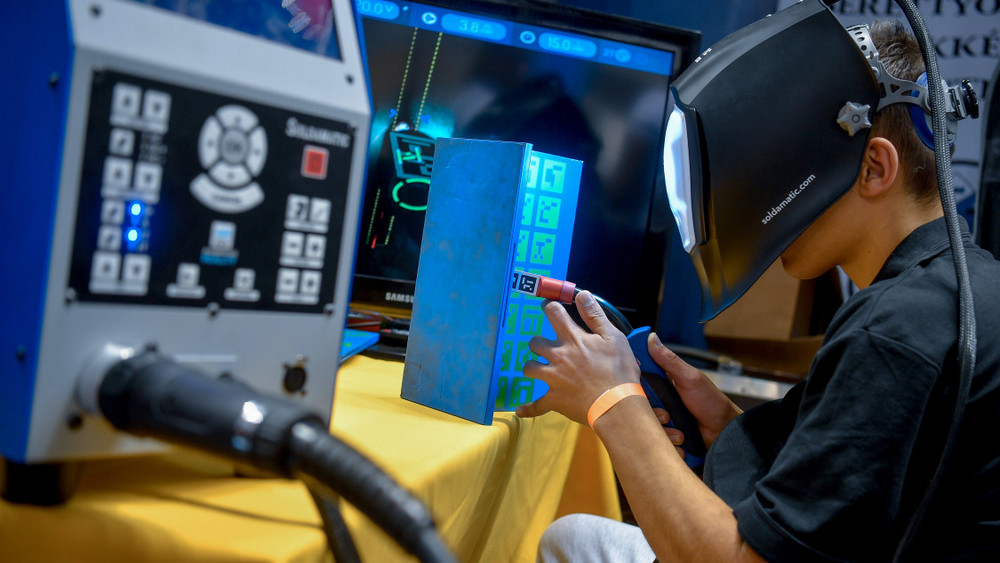The workshop school training, which has a dropout rate of only eleven percent, is also much more effective than its predecessor, the Bridge Program, from which seventy percent of students dropped out.
In a short time, it seems to be proven that it was a good idea to reform vocational training. Students have never received so much support, the new types of schools that started in 2020 and the scholarships literally attract students, and the academic results show that there are fewer young people who drop out, reports Magyar Hírlap .
A few days ago, the first experiences of the transformation of vocational training were discussed at a professional conference in Eger. It is well known that the system was adjusted by the government in 2020, when, in order to reduce school dropouts, new types of training were launched, the list of professions was re-created, the situation of instructors was sorted out, a scholarship system was introduced for students, and the relationship between schools and companies was put on a new foundation.
The comprehensive reform has also produced spectacular results in the short term: more people who graduate from primary school choose vocational training institutions than high schools - the number of students enrolled in vocational training increased by ten percent again compared to last year - and the proportion of dropouts is constantly decreasing. According to Gáborné Pölöskei, the deputy state secretary responsible for vocational training and adult education, two years ago, eleven thousand children had to be enrolled in individual development, last year there were only 6,800 such students, and the dropout rate has also decreased.
Since 2020, teachers can enjoy an average salary increase of HUF 80,000, for which the government spends HUF 35 billion per year. Moreover, since performance evaluation according to new criteria has been introduced, it is also possible to negotiate individual wages and receive additional benefits in vocational training.
In addition to the students' basic scholarship of 8,000 to 16,000 forints, needy children already receive the Apáczai scholarship, for which the government has opened a budget of no less than three billion forints.
Needy students in the 9th and 10th grades studying in vocational education receive between 16,000 and 34,000 forints per month and mentoring assistance, depending on their grades. The state has already paid out the first career start-up grants: this is a significant, lump-sum benefit that young people receive at the very end of their training, if they successfully pass their professional exam. Last summer HUF 186 million were paid to students, of which the best performers received HUF 300,000 each. This had never existed before in the Hungarian education system.
The certificated technician training type is similarly unique, the completion of which not only results in extra admission points, but if the young person continues his studies on the specified university course, he also receives valuable university credit points. Across the country, twenty-seven vocational training institutions are currently cooperating with thirteen universities, and the first classes have also started, attended by almost a thousand people in the current school year, mainly in the fields of IT, management and electronics. The "plain" technical school also has the advantage, since this training gives both a high school diploma and a vocational qualification. Moreover, the technician exam is considered an advanced level graduation and can also be taken into account in the admission score calculation.
Important new elements of the reformed vocational training system are the flexible learning paths created for students who drop out. One of these is the orientation course (already in 25 schools, with 273 students), which is aimed at those children who, at the end of primary school, are unsure about continuing, do not know where to enroll, and may also struggle with competence deficiencies. During the orientation year, they can socialize with the others in a more relaxed way than the traditional classroom framework, all while also receiving a scholarship.
The workshop school welcomes people over the age of 16 with practice-oriented training lasting 6–24 months, the peculiarity of which is that the student can learn one of the sub-trades not in the classroom, but in a workshop or in company conditions, in a master-apprentice relationship (for example, assistant cook, room painter or shop preparer). . More than seven hundred people attend workshop training, and according to initial experiences, it is much more effective than its predecessor, the now discontinued Bridge Program. While at least 60-70 percent of those involved failed the Bridge Program, the dropout rate in the workshop schools is only 11 percent, according to the department.
Source: Magyar Hírlap
Front page image: An interested person welds virtually at the career choice and vocational training exhibition called Wind to the Sails in the Főnix Csarnok in Debrecen on October 9, 2019. MTI/Zsolt Czeglédi












